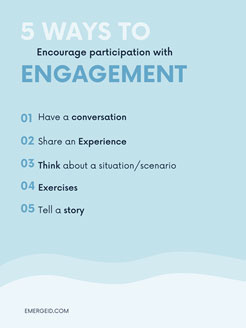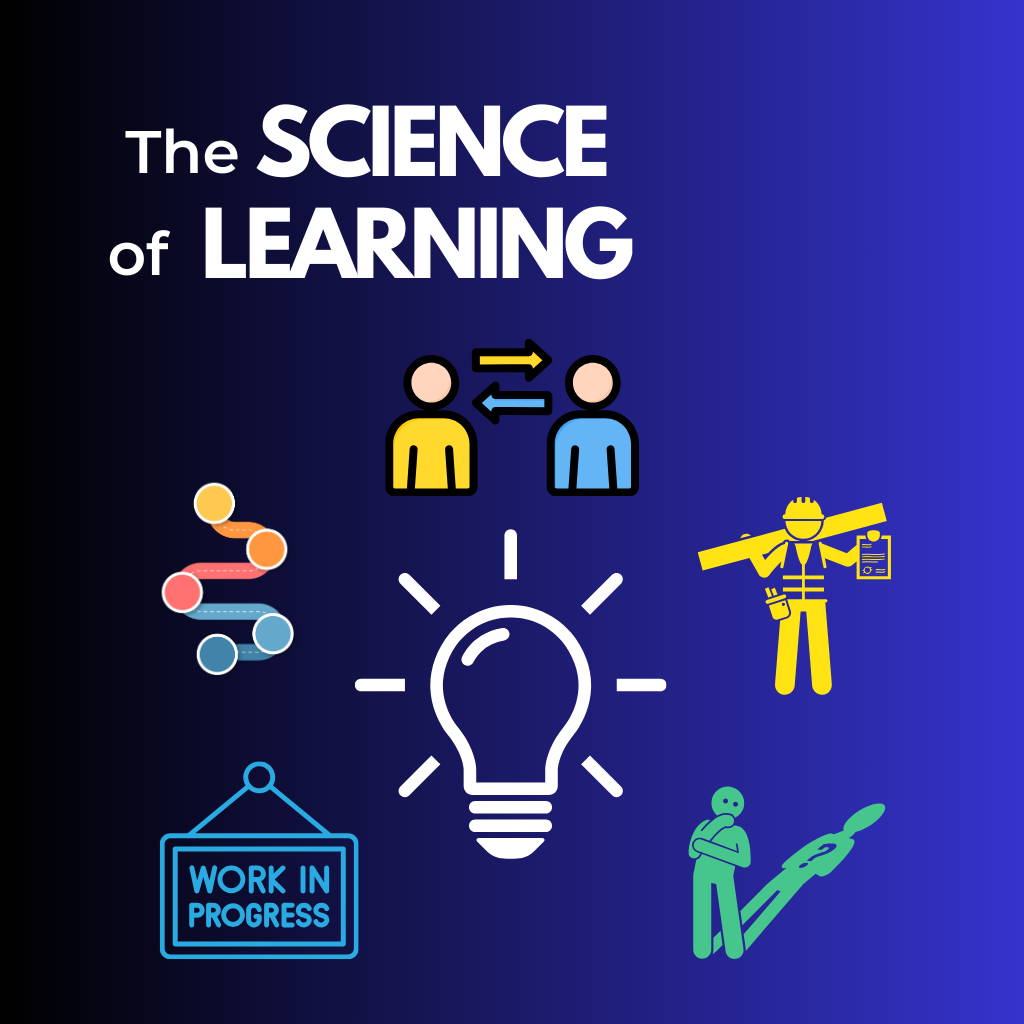The biggest challenge when presenting a webinar, is making sure that your audience is engaged. Proper and effective facilitation will provide the most useful information for your audiences and help them to remain engaged.

What is facilitation?
As a webinar host, think of yourself as a facilitator, or a guide in the learning process, rather than a presenter. The difference between a facilitator and a presenter may not seem like much on the surface, but this is the key to creating a useful and engaging learning experience. Rather than talking to your audience, think of how you can involve them in the conversation and guide them through a process. Encourage participation by having a welcoming and open environment.
What is usefulness?
To create a useful webinar, we should first identify what usefulness is. Useful information is practical, convenient and will impact results. For example, show your audience how the information you are teaching can be used. Your webinar will be effective if your audience can take the information they learn, and directly apply it to their own practices.
How to encourage participation?
You can encourage your audience to participate by formulating questions that encourage thinking. Questions during webinars should highlight the usefulness related to the topic. Ask questions that are relevant to the information and have your audience share their own thoughts, answers, and experiences. Based on the size of your audience, you may want to take advantage of break out rooms, ask them to participate in the messages, or maybe even have the audience jump in to speak aloud! Encouraging participation through useful and practical activities is the best way to keep your audience engaged, and increase retention. Ray Jimenez recommends using his Virtual Session Usefulness and Engagement Matrix to rate your activities and questions.

Through proper facilitation of useful discussions and questions, you will encourage your audience to participate. To host a useful webinar, you will want to include practical activities and examples, and show your audience how this is relatable to their daily routine.






